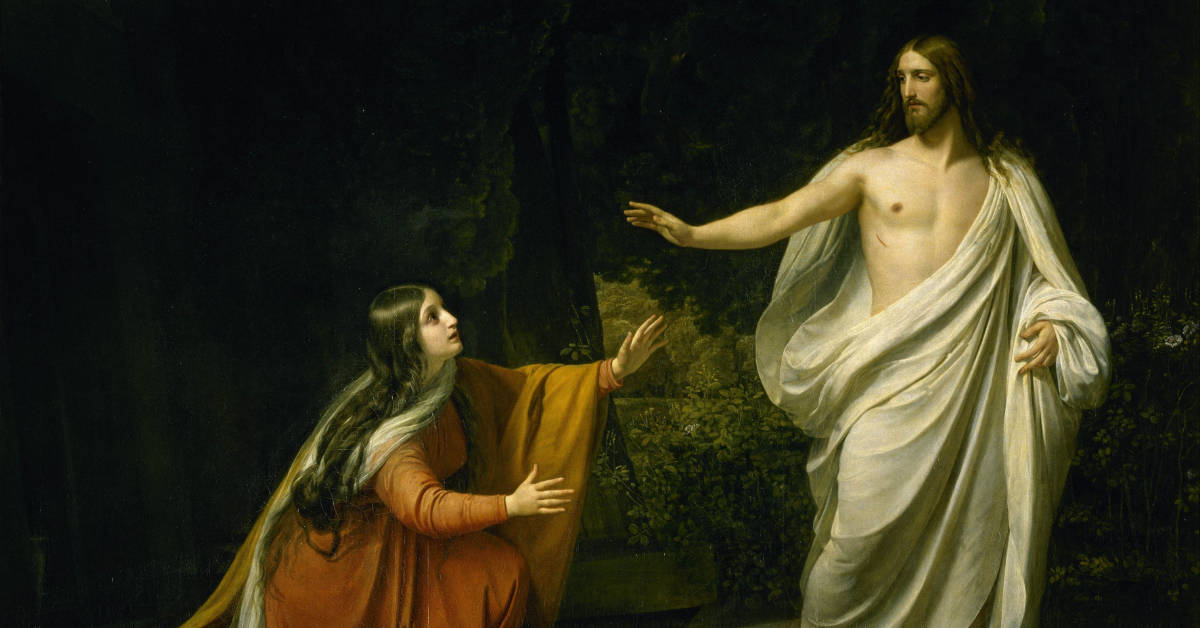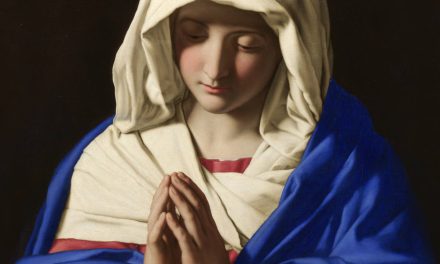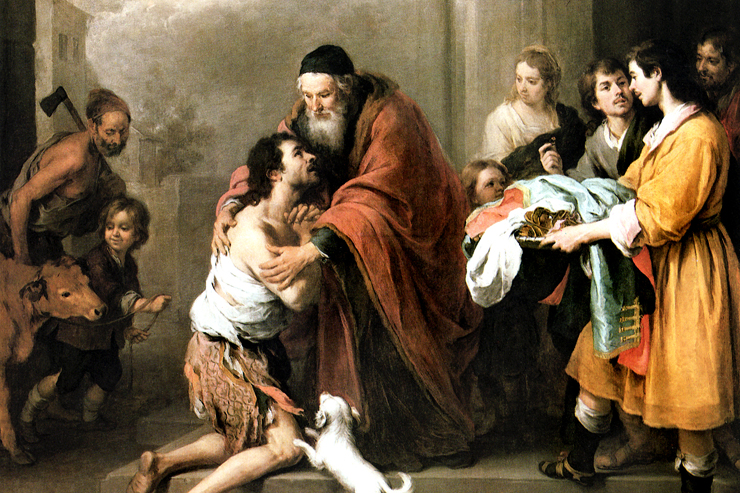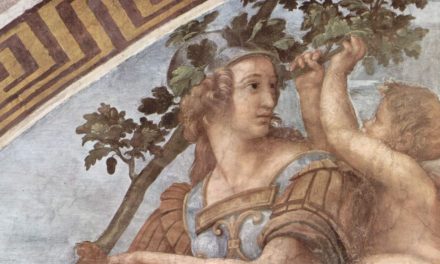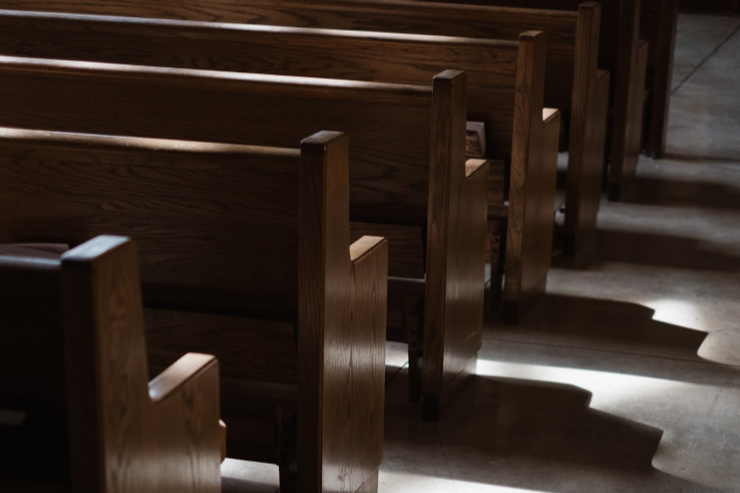Today we celebrate the feast of St. Mary Magdalene. Several years ago, Pope Francis elevated Mary’s celebration from a memorial to a feast day. Mary has been called the “Apostle to the Apostles,” because she preaches the Resurrection to them, which they will in turn preach to the ends of the earth. In the degree elevating her feast, the Congregation for Divine Worship said, “For this reason it is right that the liturgical celebration of this woman should have the same rank of feast as that given to the celebration of the Apostles in the General Roman Calendar and that the special mission of this woman should be underlined, she who is an example and model for all women in the Church.”
Who is Mary?
There are many theories about who exactly Mary was. Scripture scholars and Church Fathers have theorized that she is synonymous with the anonymous penitent woman of Luke 7 or Mary of Bethany, sister of Martha and Lazarus. Pope Gregory the Great said the three were one woman, whereas the Eastern Church holds that they were three different women. Regardless of that, there are certain things we know for sure about Mary of Magdala.
The first time Mary is mentioned is in Luke, when he speaks of the followers of Jesus during his public ministry: “Afterward he journeyed from one town and village to another, preaching and proclaiming the good news of the kingdom of God. Accompanying him were the Twelve and some women who had been cured of evil spirits and infirmities, Mary, called Magdalene, from whom seven demons had gone out, Joanna, the wife of Herod’s steward Chuza, Susanna, and many others who provided for them out of their resources.” (Lk 8:1-3)
If she is not the same as Mary of Bethany, the next time we see her mentioned is at the foot of the Cross. Then all four Gospel writers present her as the first recorded witness of the resurrected Christ.
Model Penitent
Mary has become known as the “model penitent,” and I believe we can see that in her regardless of whether she’s the anonymous woman in Luke 7. Just simply take the passages of Scripture in which she is explicitly mentioned. Luke and Mark both describe her as one from whom seven demons had been cast. This a woman with a past, whom people gossip about or disregard. This is a woman who has been wounded. She is a woman the world judges and rejects.
Yet, this is the woman Jesus chooses to be the Apostle of the Resurrection. Mary, the one with a past. Mary, whose life was a mess.
Jesus came and changed that.
Jesus empowered her. At at time when the testimony of women was not even accepted in a court of law, he chose her to be his witness. He came into the mess, her mess, whatever it was, and transformed her into the Apostle to the Apostles.
Perhaps it was this mess, this past, these wounds, that allowed Mary to really see Jesus. Maybe her life of suffering, whatever it entailed, enlarged Mary’s heart to be more compassionate and loving to other’s messes. To the parts of life that are confusing, hurtful, or inexplicable.
Pope Francis said, “sometimes in our lives, tears are the lenses we need to see Jesus.”
Transformation
She sees him through her tears, among the graves, when she thought all was lost (John 20). She mistakes him for the gardener, a beautiful image reminding us of the Garden of Eden. Here is the New Eden and the New Adam, who has come to transform death into life, to renew and win back all of creation.
Mary is seeking Jesus in desolation, in the tomb, in death. But he transformed the tomb. He has transformed the grave into a garden.
Jesus has come to bring new life. He did it in her life, and now he is doing it again and again.
This is the lesson of Mary Magdalene. Regardless of your past, he has chosen you. No matter what darkness or confusion you face, he has come to bring life. Perhaps your mess, your wounds, your past actually allows you to see him more clearly. He is here, the gardener, ready to transform your grave. He has come into the mess, into our desolation, into our confusion, into our unworthiness… and has come to bring us life.
Saint Mary Magdalene, pray for us!
Image credit: “Appearance of Jesus Christ to Maria Magadalena” (detail) by Russian Museum, Public domain, via Wikimedia Commons

